Treatments
Surgery For Dupuytren’s Contracture
Dupuytren’s contracture is a condition that causes one or more fingers to bend inward, often limiting hand function. The cause of this condition is the progressive thickening and tightening of the connective tissue in the palm, which is thought to be a result of genetics. Surgery is designed to address the symptoms associated with this concern, and restore normal functioning of the affected digit(s).
The surgical process commences with a thorough evaluation of the condition’s severity and impact on hand function. Mr Waseem Bhat employs techniques such as fasciotomy, where the surgeon makes small incisions to divide the contracted tissue bands, or fasciectomy, involving the removal of affected tissue. In some cases, a more extensive procedure called dermofasciectomy may be necessary, removing skin along with the diseased tissue. Skin grafts may be required. These surgeries are often performed under local, regional or general anaesthesia.
Post-surgery, patients may experience swelling, discomfort, and stiffness. Pain medication helps manage discomfort, and hand elevation aids in reducing swelling. Hand therapy is crucial for regaining flexibility and strength. A splint may be recommended to maintain proper hand positioning during healing.
Regular follow-ups with Mr Bhat and his team monitor progress, and hand therapy sessions may continue as needed. Adhering to postoperative instructions, including hand exercises and avoiding strenuous activities, is vital for optimal recovery. Surgery for Dupuytren’s contracture effectively corrects finger contractures, restoring hand function and improving the quality of life for individuals affected by this condition. Successful aftercare and rehabilitation play a pivotal role in achieving optimal outcomes and preventing recurrence.
Book a Consultation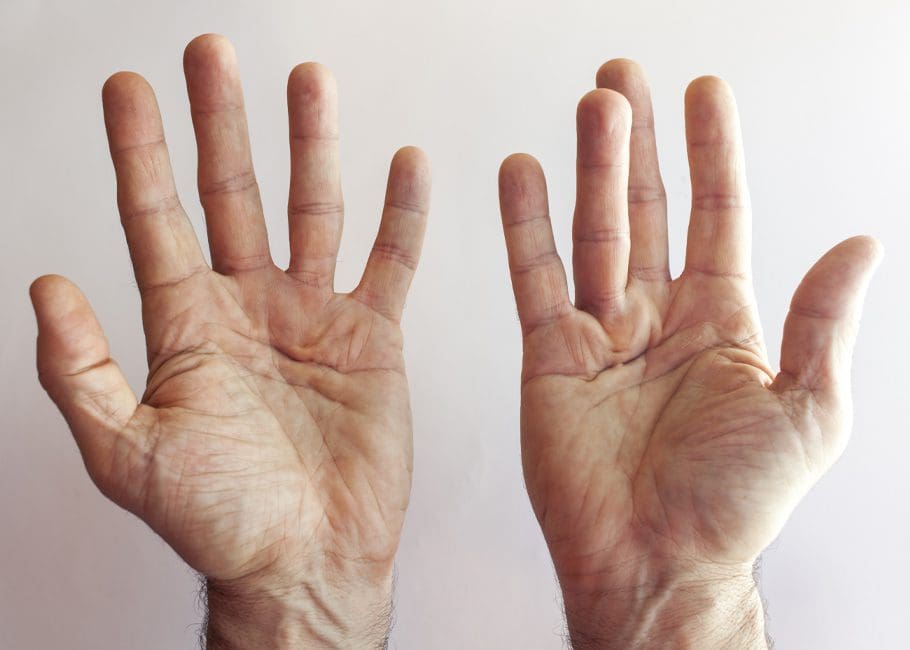
At a glance
Duration of procedure:
45 - 120 minutes
Hospital stay:
Day case procedure
Back to work:
1-2 weeks
Resume driving:
As directed
Resume exercise:
6-8 weeks
Anaesthesia:
Local or general
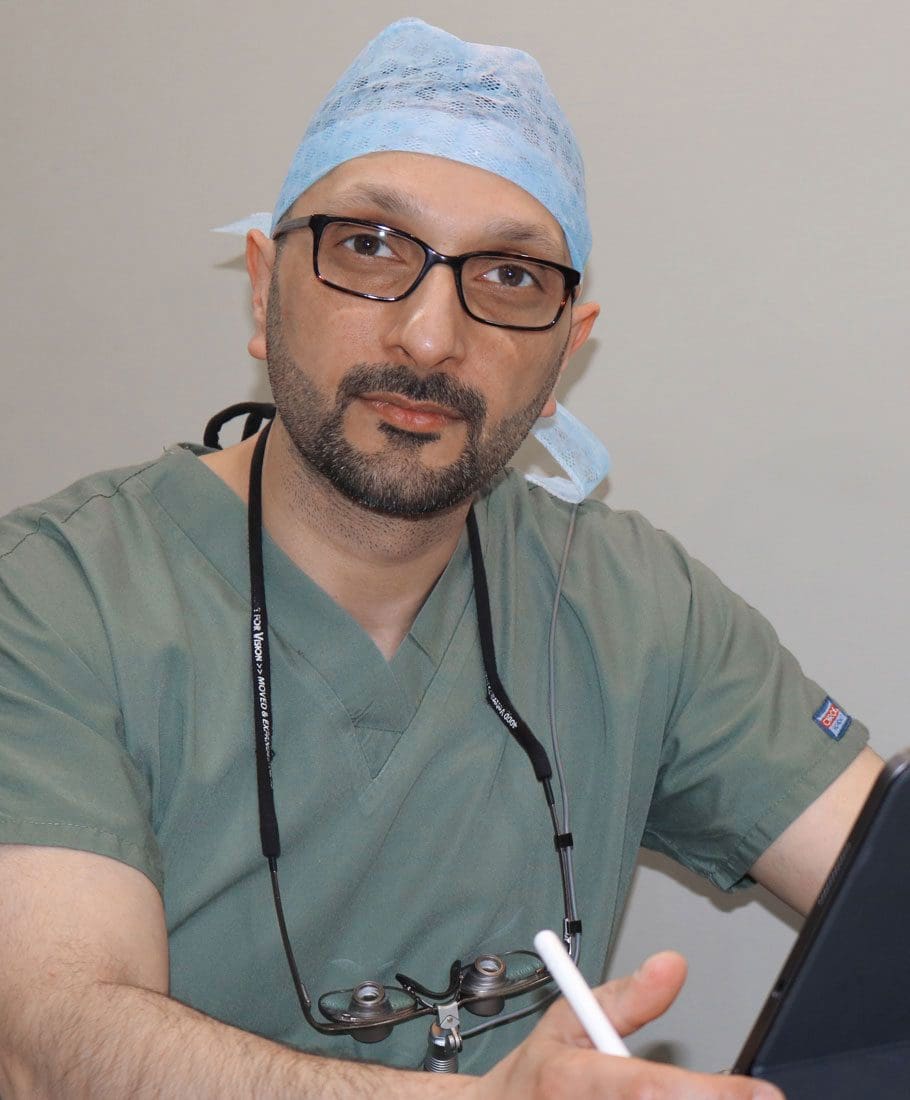
Treatment
Frequently asked questions
Am I suitable for surgery that addresses Dupytren’s contracture?
For this surgery to proceed you will need to have received a diagnosis for Dupuytren’s contracture. This may be done by your GP or through a visit to Mr Bhat, who will carry out a thorough examination, before discussing your tailored treatment plan.
Is surgery for Dupuytren’s contracture safe?
This surgery is a straightforward procedure for an experienced surgeon like Mr Bhat. It is a safe and effective solution for Dupuytren’s contracture, restoring normal use of the affected digit(s).
Will it hurt?
The use of a local or general anaesthetic will be discussed at consultation, and will be decided according to the severity of the concern, along with the patient’s preference. Pain relief medication can help to manage any post-operative discomfort.
How soon after surgery can I wash?
Your dressing will need to be worn for 5-7 days before it can be removed, and the treatment area can be washed. After this period you can wash using warm water and gentle products, being careful not to rub and disturb the wounds.
What results can I expect?
Although surgery will instantly help to straighten the affected digit, it may take several months for the finger(s) to restore full functioning. Many patients achieve long term results, however, it is not guaranteed the outcome will be permanent.
Testimonials
What our patients say...
I was really nervous about having a procedure on my face.
Straight away after meeting Dr Waseem Bhat and his assistant I felt at ease. I’m really happy I chose to travel to Coppergate and Dr Waseem for my surgery as my results are exactly what I wanted. Thank you so much
Clare Schofield
Had upper blepharoplasty with Mr Bhat in the 28th April, he was assisted by Nicki, who was absolutely lovely, she held my hand whilst I was having my local anaesthetic.
They were both making me laugh the throughout the procedure. I’m so pleased I chose Coppergate everyone was brilliant from the consultation through to the aftercare.
Joanne Woolley
Upper blepharaplasty with waseem bhat, amazing surgeon made me feel completely at ease. Very knowledgeable and explained everything to me. I felt in such safe hands he was really reassuring.
Pete Lewis
I plucked up courage to have upper blepharaplasty with Waseem Bhat, I had two zoom consultations before going ahead with surgery.
I was very nervous but Waseem and Nicki made me feel completely at ease during surgery. Everything was explained to me and I felt in safe hands. I’ve just returned to the clinic for my sutures removing and even though it’s early days I can already see such an improvement I’m extremely pleased. It boosts your confidence and makes you feel so much happier with yourself.
AT
Thank you so much for the belly button revision it looks amazing! I’m so happy.
Danielle Grant
Treatments
Related Treatments
Treatment
Trigger Release
Trigger release surgery aims to address trigger finger or trigger thumb, a condition causing the affected digit to lock or catch, resulting from inflamed tendons within the sheath.
View Treatment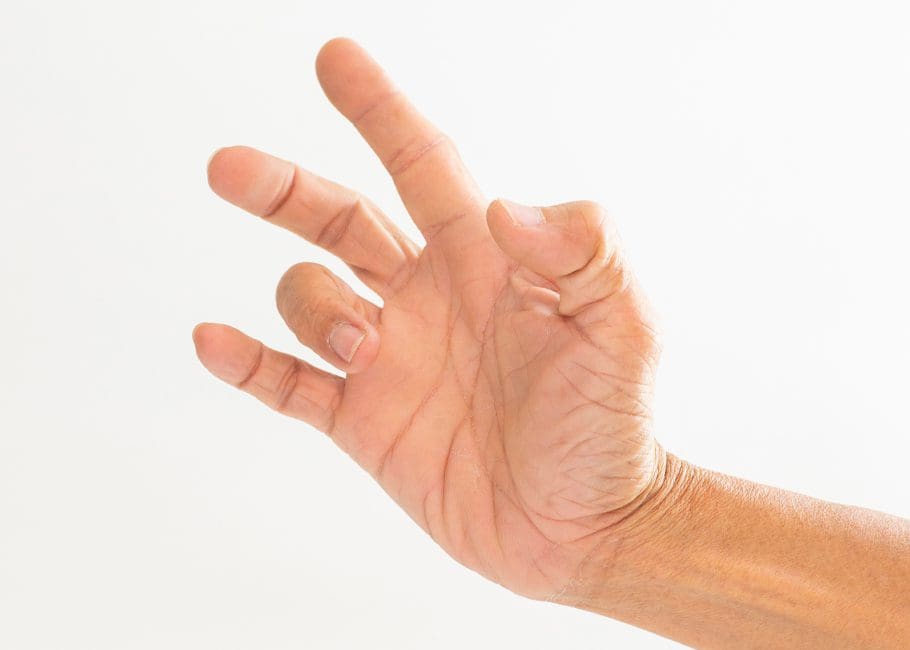
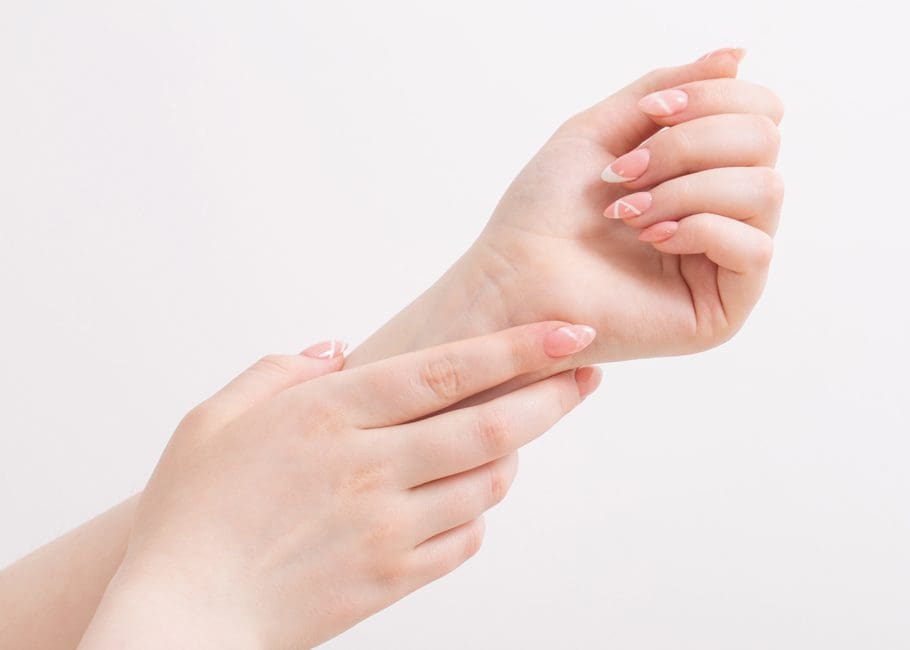
Treatment
Carpal Tunnel Release
Carpal tunnel release is a surgical procedure designed to alleviate symptoms associated with carpal tunnel syndrome.
View TreatmentTreatment
Cubital Tunnel Release
Cubital tunnel release is a surgical procedure addressing cubital tunnel syndrome, a condition where the ulnar nerve in the elbow becomes compressed, leading to numbness, tingling, and weakness in the hand and fingers
View Treatment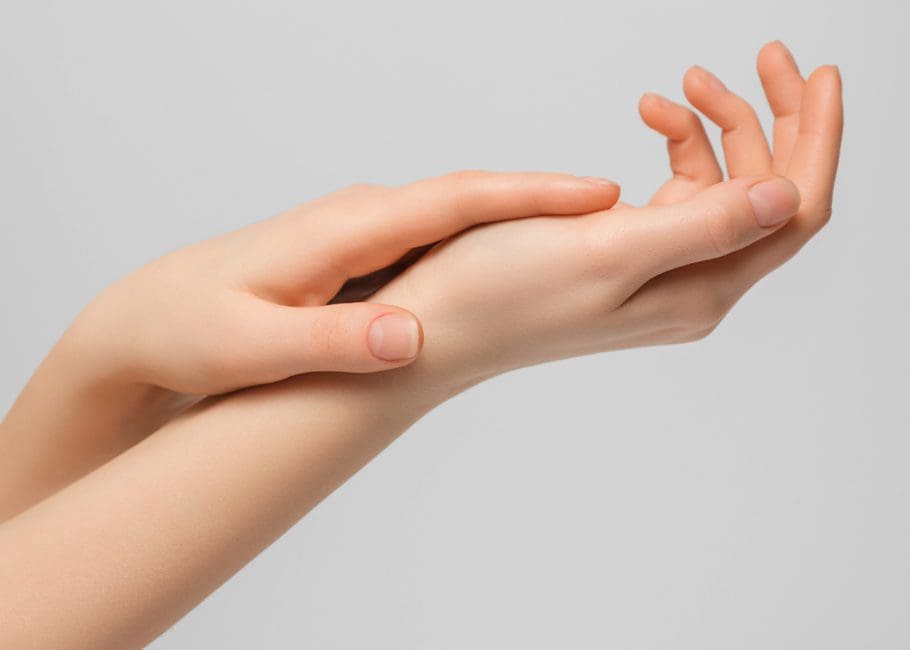

Treatment
Trigger Release
Trigger release surgery aims to address trigger finger or trigger thumb, a condition causing the affected digit to lock or catch, resulting from inflamed tendons within the sheath.
View Treatment
Treatment
Carpal Tunnel Release
Carpal tunnel release is a surgical procedure designed to alleviate symptoms associated with carpal tunnel syndrome.
View Treatment
Treatment
Cubital Tunnel Release
Cubital tunnel release is a surgical procedure addressing cubital tunnel syndrome, a condition where the ulnar nerve in the elbow becomes compressed, leading to numbness, tingling, and weakness in the hand and fingers
View Treatment



